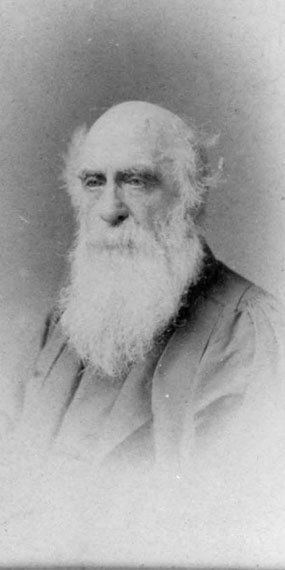Name Temple Chevallier | ||
 | ||
Education | ||
SpaceX Falcon Heavy: Professor Martin Ward talks to TRT World
Temple Chevallier (19 October 1794 in Badingham, Suffolk – 4 November 1873 in Harrow Weald) was a British clergyman, astronomer, and mathematician. Between 1847 and 1849, he made important observations regarding sunspots. Chevallier has been called "a remarkable Victorian polymath" (Kenworthy, 1994). Not only did he write many papers on astronomy and physics, he also published a translation of the Apostolic Fathers that went into a second edition, and translated the works of Clement of Alexandria, Polycarp and Ignatius of Antioch.
Contents
Life
He was educated at Pembroke College, Cambridge, he was ordained a priest in 1818. He became a Fellow of Pembroke College a year later. He was a Fellow and Tutor of Catharine Hall (St Catharine's College, Cambridge) in 1820 and Hulsean lecturer in Divinity from 1826 to 1827.
His lectures were published as Of the proofs of the divine power and wisdom derived from the study of astronomy in 1835.
That same year, Chevallier was invited to become Professor of Astronomy at the newly founded University of Durham. A chair of Mathematics and Astronomy existed at the University of Durham between 1841–1871; Chevallier was the one to hold this post. He also served as Reader in Hebrew 1835-1871, Registrar 1835-1865, and from 1834-1835 also assisted with lectures in Divinity.
He was instrumental in establishing the Durham University Observatory (in 1839), serving as its Director for thirty years, and from which he made important observations of Jupiter's moons and regular meteorological observations. From 1835 until his death, he also served as perpetual Parish Priest at Esh, just outside Durham, where he founded the village school and restored the church.
After his resignation in 1871 from his academic posts following a stroke, he died on 4 November 1873.
Family
Chevallier had married, in 1825, Catherine Wheelwright, the daughter of an American Loyalist. She died in 1858. He had three children: Catherine Temple, Alicia Temple and Temple (who died as a child).
